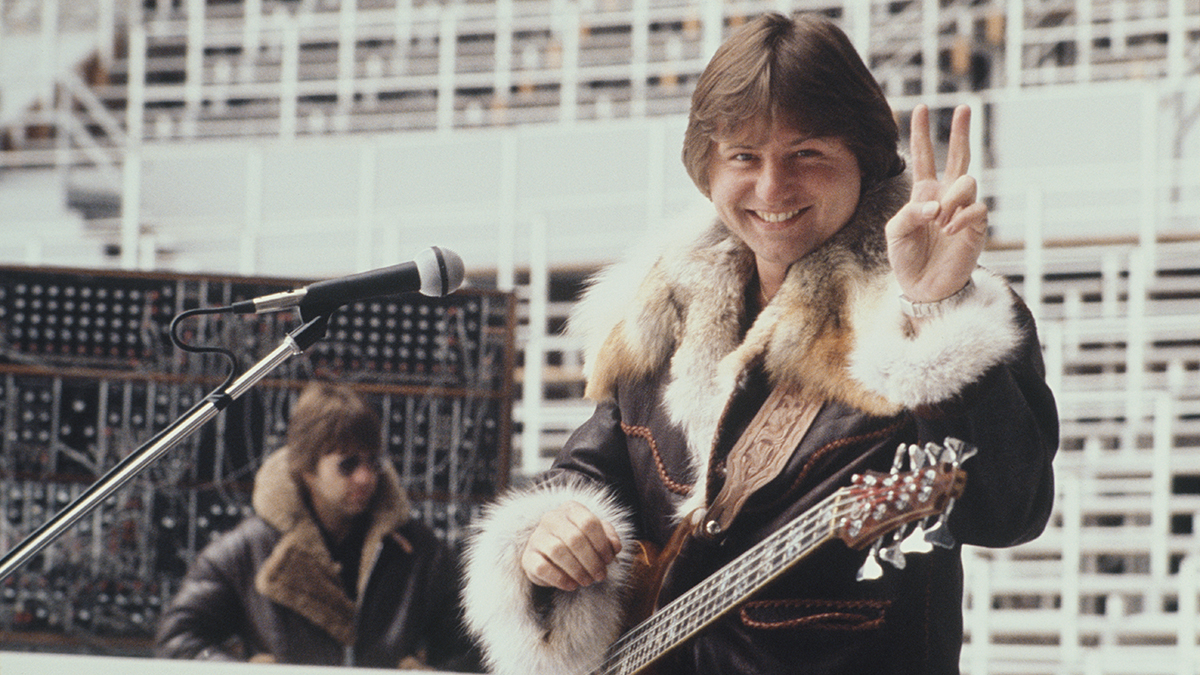“Allan recorded a bunch of takes. He apologized, saying they all sucked… Of course, every note he played was miraculous”: Grammy-nominated virtuoso Alex Masi on why he turned down Stevie Ray Vaughan, his Allan Holdsworth collab and time with Shawn Lane
The Italian virtuoso explains why he hates the term ‘shred’, what’s wrong with social media guitar heroes and looks back on his missed opportunities with Shawn Lane
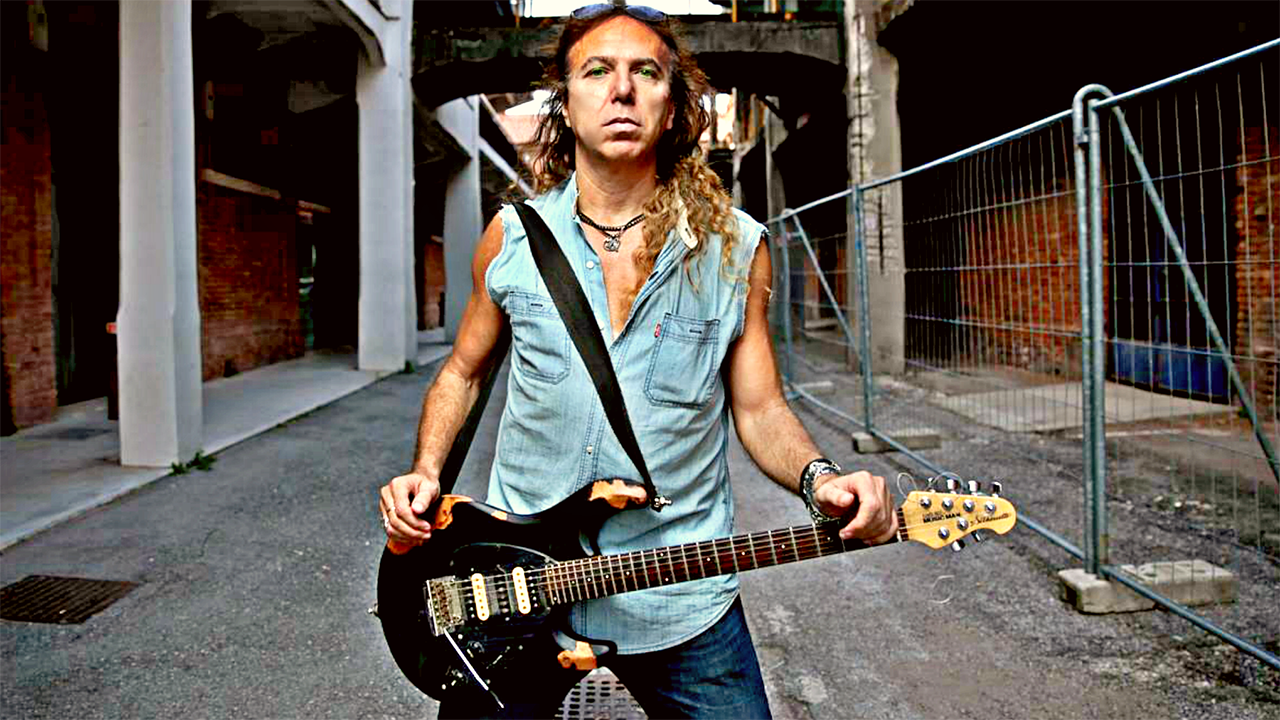
Alex Masi has lived several musical lives – but for the uninitiated, his finest hour in rock came in 1989, when his album Attack of the Neon Shark netted him a Grammy nomination.
He’d picked up the guitar in his native Venice, Italy, and later became involved in the UK’s New Wave of British Heavy Metal (NWOBHM) scene. Next he was a Strat-slinging hotshot on LA’s Sunset Strip. Then it all changed again.
“In the early ’90s I was still doing the rock band thing,” Masi says. “But I’d realized I had to focus on something other than a band. After I recorded some instrumental rock demos one day I had a moment of Zen. I figured I had to go back to the first music I heard as a child – Bach.”
It proved to be the right move. “I spent the following two months transcribing keyboard and violin music for the guitar. I got some new recording gear and went for it. It was not an easy task, but it was incredibly rewarding, especially when it was well-received by critics and the public alike.”
After a stack of releases including albums based on Bach, Mozart and Beethoven, Masi hasn’t launched an album since 2013’s Danger Zone – and he has a reason for that. “All forms of artistic expression are in a coma, brought on by a lust for stupidity forced onto the public by social media, which I consider a form of cultural cancer.”
He continues: “I’m working on new music; lots of different styles and directions. The next phase will be trying to figure out what to do with it without sending it out to just die online.”
As a young player, you ended up in London and got involved in NWOBHM. How did that happen?
All the latest guitar news, interviews, lessons, reviews, deals and more, direct to your inbox!
“I was 21. I knew I had to get out of Venice if I wanted to do something, even just in terms of experiencing new ways of playing and relating to other musicians. London was where all the latest cool things were happening at the time. Those months gave me a great charge and motivation. When I returned home I had a clear idea of what I wanted to achieve.”
What was your rig like when you formed your band Dark Lord?
“I had a Les Paul Custom with a maple fretboard, a B.C. Rich Bich, an Ibanez Gary Moore [Roadstar RS1000], a Marshall Plexi 100W, Laney 100w, Marshall JMP, a homemade distortion pedal, Binson Echorec and Electro Harmonix EQ.
“We did a lot as Dark Lord in terms of touring and recording, until I realized the band couldn’t go any further with me due to the lack of professionalism from labels, managers, and so on.”
How did Metal Blade Records become aware of you?
“During my final year with Dark Lord I was becoming more and more frustrated; I had to take a major step in a different direction. So I recorded a four-song demo on a Tascam four-track, and sent it pretty much all over the world.
“I slowly started getting replies; but when the call from Los Angeles came, I knew that was the turning point. An engineer named Kevin at Pasha Studios had found my tape and played it for some people at Metal Blade. At the time, Sound Barrier were looking for a guitarist, so I got the call.”
Was the Sunset Strip a culture shock?
“No – I’d imagined how it would be, probably from reading various rock mags! But the impact was intense. I embraced it; I had an amazing time, met amazing people and musicians, and got to do what I wanted to do. It’s almost impossible to describe the vibe… it was exciting and vital.”
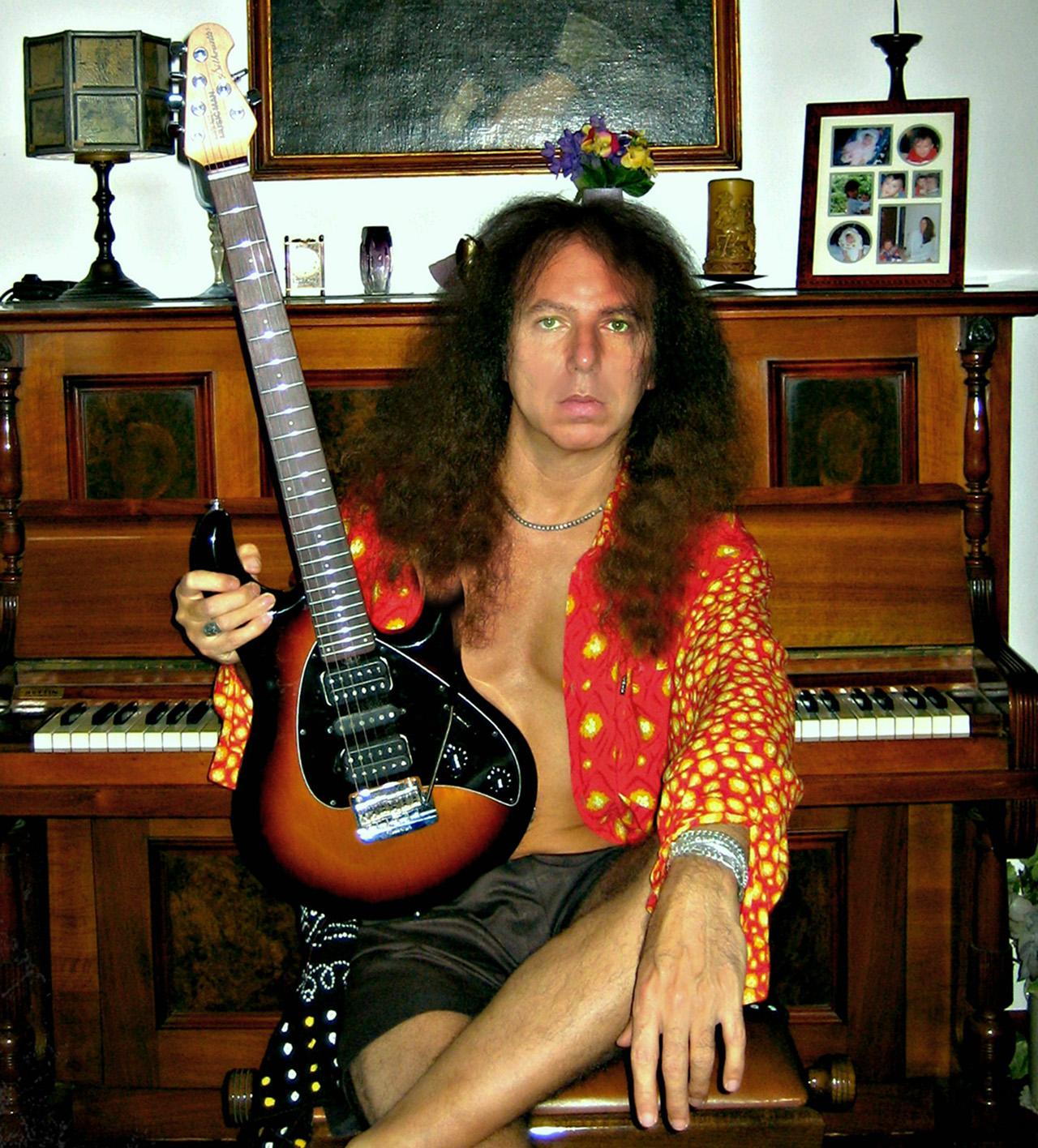
Then you formed Masi, and your single God Promised a Paradise, from Downtown Dreamers, was all over MTV.
“Masi was the name chosen by the label. I wasn’t too thrilled with it; I preferred to be in a band where everyone was equal. But a number of ‘guitar hero’ bands were becoming popular, so they wanted to steer us in that direction. The single gave me the chance to tou all over the place, and record the music I wanted.”
It was the era of shred, and you did a lot of that. But would you have called yourself a shredder?
“I never liked the term ‘shred’. It sounds pretty dumb and unmusical. I was more interested in being in a band and writing songs where my guitar could be one of the focal points – but not the only focal point.
“I wasn’t only playing strict pentatonic scales. I had a certain degree of speed on certain passages, so I guess I was in the club of so-called ‘shredders’ of the day.”
Did you get caught up in shred gear?
“I’ve always looked for equipment that helps express my ideas. So, yes – I was, and still am, always searching for any piece of gear that delivers the tone with the feel I’m looking for. I was pretty happy back then with my Charvels, my Lee Jackson preamp and my Mesa/Boogie 400 Strategy. I actually miss that setup, even though I’m very happy with the guitars Music Man/Ernie Ball provided for me.”
Your post-Masi solo record, Attack of the Neon Shark, received Grammy attention. What led you down that path?
“It was my reaction to the Masi band coming home after a year-long tour. We had lost the singer. I needed a break from playing the same songs every night and I wasn't in the mood to start auditioning singers. Singers have always been a gigantic pain in the ass!
Shawn wrote his phone number with one hand and his address with the other hand simultaneously! He was an actual genius
“I told the label I wanted to do a solo album, and they gave me carte blanche – though I’m sure they regretted doing that! I recorded a wildly schizophrenic album with one vocal tune, classical contemporary covers and bizarre instrumentals. I wanted to stay away from the neo-classical thing; I wanted to do something quite different from what were considered rock guitar albums at that point.
“Frankie Banali – rest in peace – was a pleasure to work with because he knew exactly what I was trying to do. Not too many people know he was a real music connoisseur, with a taste for obscure stuff. With the exception of two songs, we improvised 90 percent of the music. On that album, I used various Charvels and Carvins and Lee Jackson amps.”
Is it true Stevie Ray Vaughan was almost involved with Attack of the Neon Shark?
“I wanted a few guests and my management at the time was also working with Stevie, so they offered me the option. But as much as Stevie was an amazing player, I thought the type of music I was recording wasn't really suited for him, so I asked someone to put me in touch with Allan Holdsworth.”
How impactful was Allan on you?
“I first heard him in 1973 on the first Tempest album and I’ve been an avid fan ever since. His feel, choice of notes, tone, dynamics, and everything about his playing have always made me feel like he was in a different league from all the other players. He will remain unmatched – much like Charlie Parker, John Coltrane, Hendrix and Beck.”
What was it like working with Allan?
“I just sent him the track I wanted him to play on, and he recorded a bunch of takes. He apologized, saying they all sucked and I should feel free to choose not to use any of them. Of course, every note he played was miraculous!
“When I went to his house to pick up the tape, I tried to convey how much of an honor it was to have him on my record. We hung out all afternoon, drank his homemade beer, talked music, and listened to a lot of stuff. I played him the only demo of Shawn Lane circulating at the time; he was extremely impressed.”
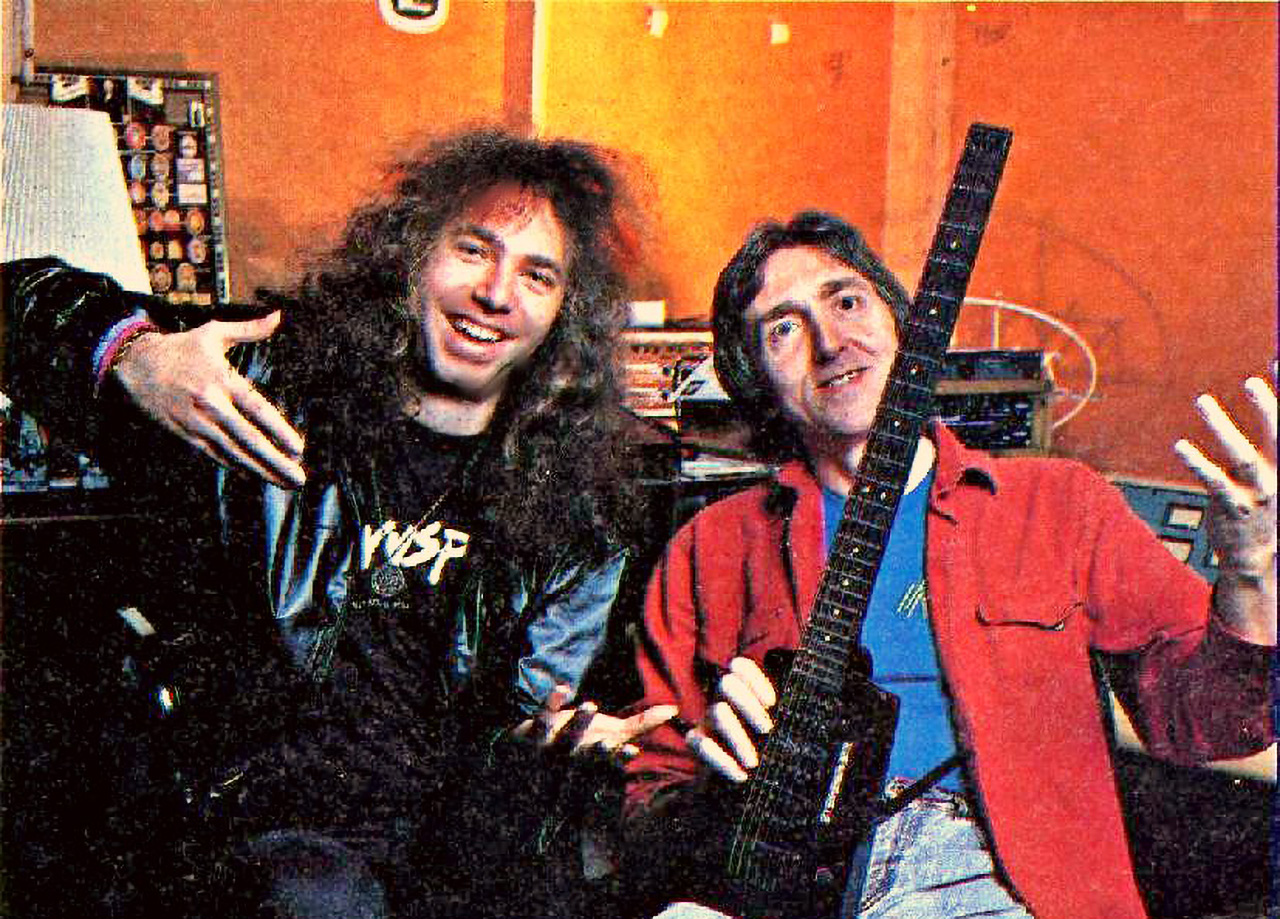
Shawn was only 16 at the time. How did you two meet?
“I met him in Memphis in 1988, while I was touring the US. During the soundcheck, I asked if anyone knew how I could get in touch with him. After our gig he called me at the hotel, asking me if it was cool to drop by with a friend.
“We stayed up until 8am. When he picked up my red Charvel and played a couple of lines, the party that was going on in my room fell silent. The things he was playing were unreal, especially from only a few feet away.
With these YouTube ‘virtuosos’ everything is ‘perfect’ right out of a textbook. The only element missing is the music!
“We talked about music, musicians, European architecture of the 18th century, rare Belgian ales… He gave me two cassettes. One was a super-rare Charlie Parker gig on one side and Art Tatum on the other. The second had Beethoven’s Missa Solemnis conducted by Von Karajan – the legendary 1966 recording.
“We agreed to exchange phone numbers and his friend asked for two pens and two pieces of paper. Shawn wrote his phone number with one hand and his address with the other hand simultaneously! Shawn was an actual genius. It’s a term that’s often abused, but in his case it was fully applicable.”
Did you plan to make an album with Shawn?
“During the ’90s he’d become infatuated with Indian and Qawwali music, especially Nusrat Fateh Ali Khan. It so happened that a friend of mine had just completed a documentary on Nusrat. I ended up jamming with Rahat Fateh Ali Khan, Nusrat’s nephew, and recorded some tunes with him and his crew.
“When I saw Shawn again I asked him if he’d be interested in playing on those pieces. He was enthusiastic about the idea. We discussed the project for a few months, sometimes through intermediaries – Shawn hated talking on the phone.
“Sadly, his health was rapidly declining. I didn’t hear from him for months, and then, that horrible day in September 2003, I got the call about his passing.”
You remastered his demo. What sticks out most, and what could have been?
“There are several demos. I just tried to improve certain elements sonically. Of course, Shawn Lane is viewed by most people as the fastest guitar player ever – but he was so much more than that!
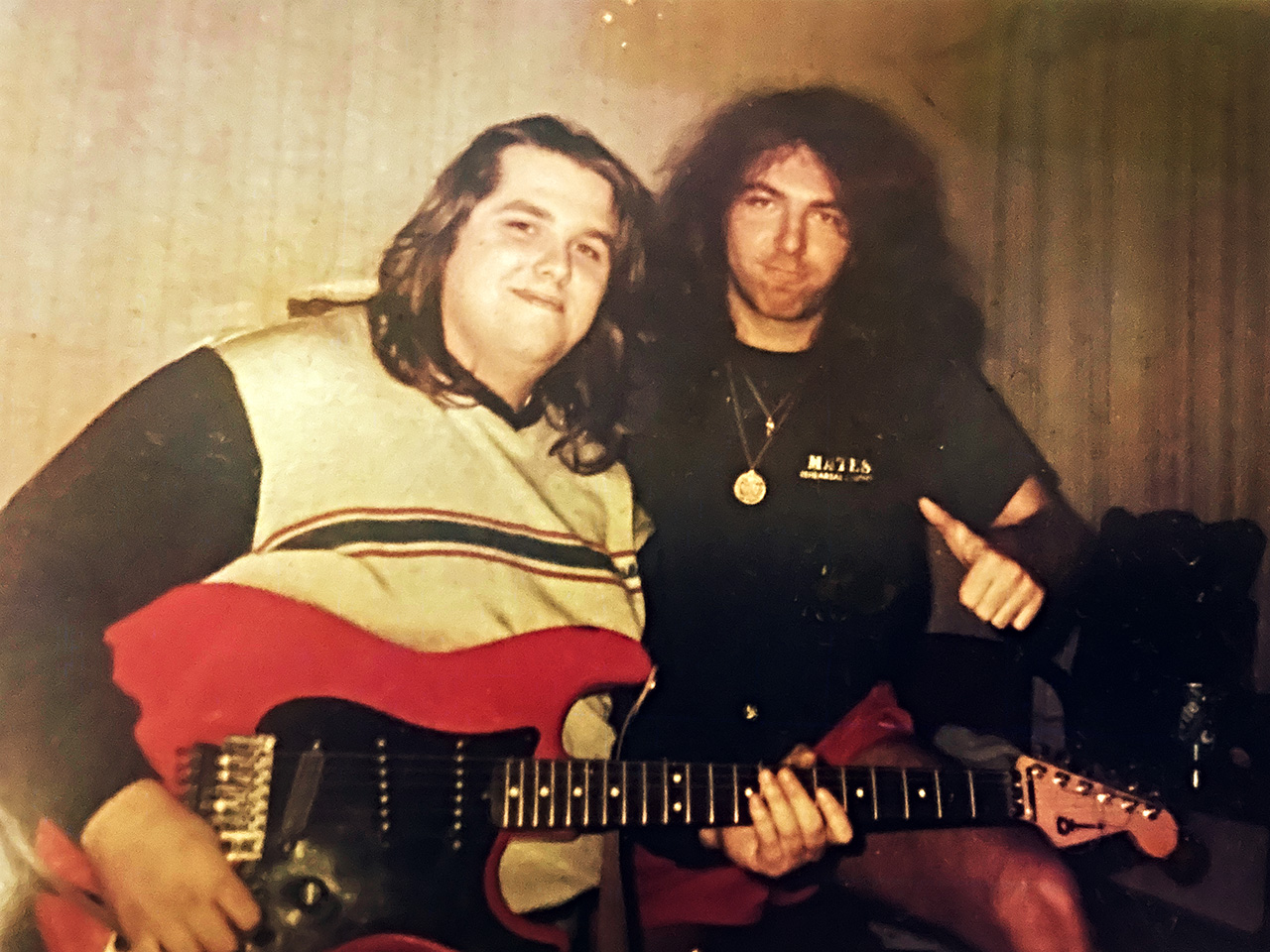
“His intonation was immaculate. His touch was always dynamic, even during the most insane passages. His tone was clearly coming from his fingers; I’ve seen him play unplugged guitars, and it was like he was playing through a stack.
“Most importantly, his playing had a very high content of musicality and emotion. His music was a compendium of everything he loved – you could hear Beck, Holdsworth, Bird, Tatum, Gibbons, Hendrix and Srinivas all wrapped up in his playing.
The state of things isn’t very conducive to making – and especially releasing – new music
“With all these YouTube flavor-of-the-month type ‘virtuosos,’ we're getting inundated by sterile, anemic music that emphasizes a sort of standardized approach, melodically and harmonically; everything is ‘perfect,’ right out of a textbook. The only element missing is the music!
“Shawn’s priority was always to play something emotionally moving, regardless of the genre. Playing a wrong note didn’t mean anything as long as the structure expressed emotion. Shawn Lane was the last guitar player that really left a huge mark on me. Another is Eric Gales, who Shawn knew.”
It’s been some time since your last release. Do you still feel inspired to make new music?
“It’s been a while! Some personal things have kept me occupied for a couple years, but the state of things isn’t very conducive to making – and especially releasing – new music. It got progressively worse; my last album, Danger Zone, was available for free on streaming platforms on the day of its release.
“Creating and recording music takes a lot of work and passion. Nowadays the amount of effort required to make a meaningful piece of work isn’t matched by a fair system of distribution and reward.
“I still love playing guitar, especially with other musicians. It’s a form of meditation. I also enjoy playing bass and keyboard quite a bit. My interests outside music are mainly in science; I love physics, cosmology, philosophy, consciousness research. Those are all things that inspire my music making.”
What’s your biggest regret, and what’s your greatest triumph?
“The first regret that comes to mind – and it’s a big one at that! – is selling the Gibson Les Paul Custom my father bought me when I was 19 years old. I still hope to find it someday. It would give me great joy.
“Triumph? I never really felt that triumphant – but I guess listening to the Bach album [1999’s In the Name of Bach] while it was being mastered made me feel like I had finally achieved something, musically speaking.”
Andrew Daly is an iced-coffee-addicted, oddball Telecaster-playing, alfredo pasta-loving journalist from Long Island, NY, who, in addition to being a contributing writer for Guitar World, scribes for Bass Player, Guitar Player, Guitarist, and MusicRadar. Andrew has interviewed favorites like Ace Frehley, Johnny Marr, Vito Bratta, Bruce Kulick, Joe Perry, Brad Whitford, Tom Morello, Rich Robinson, and Paul Stanley, while his all-time favorite (rhythm player), Keith Richards, continues to elude him.






